
$50,000 Investment Calculator
Calculate Your Returns
See how your $50,000 investment could grow with different options. Adjust terms to compare results across products mentioned in the article.
Results
Based on $50,000 invested for 12 months with the selected terms and adjustments.
If you’ve got $50,000 sitting idle, the smartest move is to park it where it can earn the best interest rates. In Australia’s low‑rate environment, that doesn’t mean you have to settle for the 0.5% you get on a regular transaction account. By understanding the variety of low‑risk options, you can stretch every dollar and keep your capital safe.
High‑yield savings account is an online‑focused deposit product that typically offers an interest rate several times higher than a traditional bank savings account while maintaining full liquidity and government deposit insurance. These accounts have become the go‑to for savers who want instant access without sacrificing return.
Quick Takeaways
- High‑yield savings and term deposits currently lead the pack for low‑risk, $50k‑scale investments.
- Liquidity, term length, and minimum deposit are the three decision levers.
- Beware of promotional rate expiries and hidden fees that can erode returns.
- Diversify across two or three products to balance access and yield.
- Most options are covered by the Australian Government’s $250,000 deposit guarantee.
Match Your Goal with the Right Product
Before you chase numbers, ask yourself three questions:
- Do you need immediate access to the cash?
- Can you lock the money away for 3‑12 months for a higher rate?
- Are you comfortable with a modest amount of market exposure for a potential boost?
Your answers narrow the field to three broad families: cash‑only accounts, fixed‑term deposits, and low‑volatility market funds.
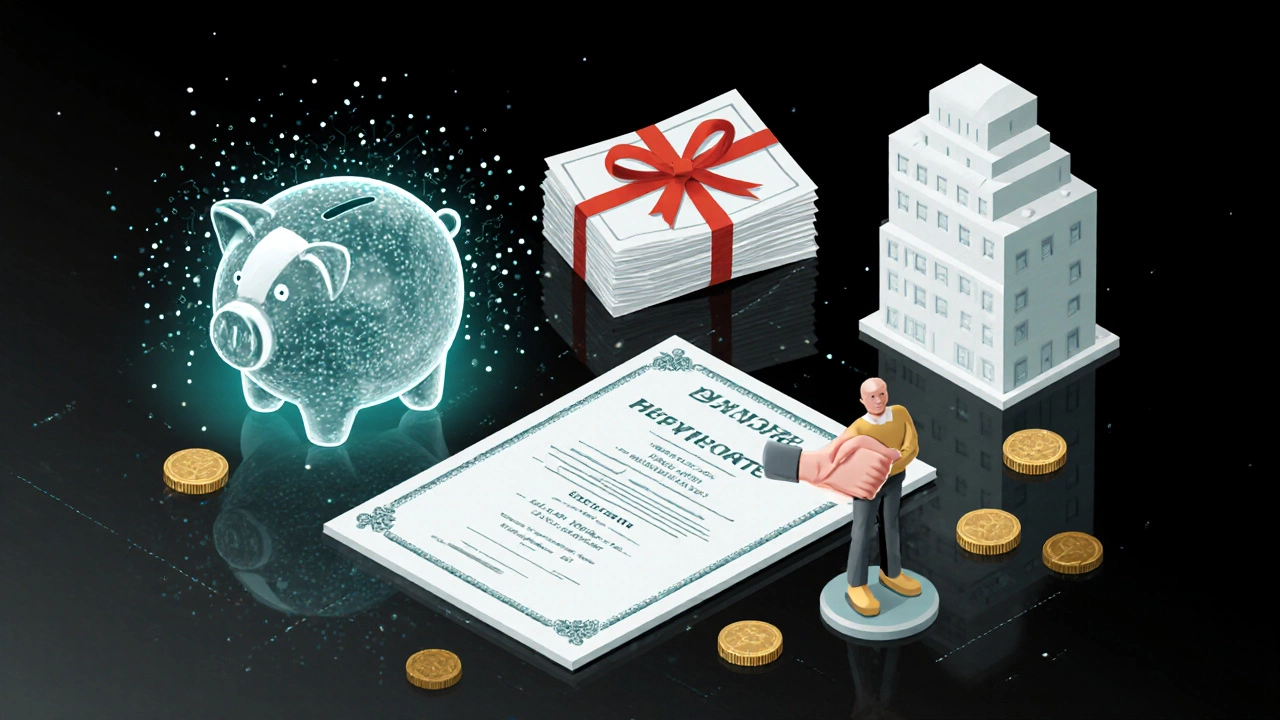
Top Low‑Risk Options for ,000
Below is a snapshot of the most competitive products available in Australia as of October2025.
| Product | Current APY* | Liquidity | Risk Level | Minimum Deposit | Typical Term |
|---|---|---|---|---|---|
| High‑yield savings account | 3.85% | Instant (no penalty) | Very Low (government‑insured) | $1,000 | None |
| Term deposit (3‑month) | 4.20% | Locked for term | Very Low | $5,000 | 3 months |
| Term deposit (12‑month) | 4.70% | Locked for term | Very Low | $5,000 | 12 months |
| Money market fund | 2.90% (net of fees) | Daily settlement | Low (subject to market rates) | $1,000 | None |
| Short‑term bond fund | 3.40% (average) | Weekly pricing | Low‑Medium (credit risk) | $2,500 | None |
| Peer‑to‑peer lending platform | 5.50% (gross) | 30‑day lock per loan | Medium (borrower default) | $1,000 | Varies |
| REIT (cash‑flow focus) | 4.10% (distribution yield) | Trading‑day settlement | Medium (property market) | $500 | None |
| Cash management account (FinTech) | 4.00% (tiered) | Instant | Very Low (typically insured) | $0 | None |
*APY = Annual Percentage Yield, rounded to two decimal places; rates are indicative and can change weekly.
How to Compare Rates Effectively
Most people just look at the headline % and think they’ve got the best deal. A deeper dive reveals three hidden dimensions:
- Compound frequency. An account that compounds daily will out‑perform a monthly compounding account with the same nominal rate.
- Fees and service charges. Some “zero‑fee” accounts still tack on a $10 monthly account‑keeping fee that cuts into a 3.5% rate.
- Promotional windows. Introductory offers often expire after 90 days; the rate can drop to 0.5% thereafter.
Use this simple formula to net the true return: Net APY = (Stated APY × (1 - Fee %)) - Penalty Adjustments. Plug in the numbers and you’ll see why a 4.0% term deposit with no fees beats a 4.5% savings account that charges $30 a month.
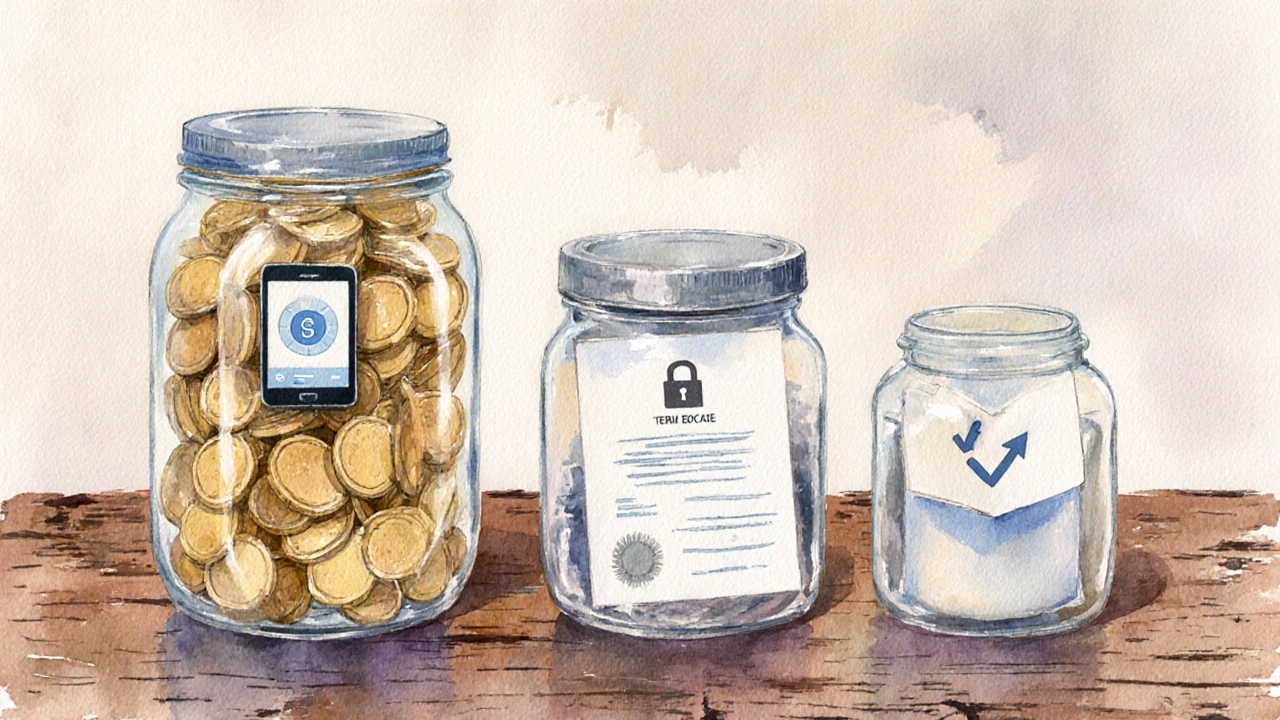
Hidden Fees & Pitfalls to Watch
Even low‑risk products can surprise you if you ignore the fine print. Common traps include:
- Early withdrawal penalties. Term deposits may levy a 30‑day interest penalty, effectively reducing the rate by up to 0.8%.
- Balance tier thresholds. Some high‑yield accounts drop from 3.85% to 2.10% once you exceed $20,000.
- Currency conversion fees. If you use an overseas fintech platform, converting AUD to USD for a higher‑yield US savings account can cost 0.75% per transaction.
- Insurance limits. The Australian Government guarantees up to $250,000 per institution. Splitting $50,000 across two banks adds a safety cushion.
Action Plan: Deploy Your $50,000 Wisely
- Set your liquidity horizon. If you might need cash within three months, allocate $20,000 to a high‑yield savings account or cash management account.
- Lock the bulk for higher returns. Place $25,000 into a 12‑month term deposit at 4.70% to maximize interest while keeping a modest lock‑in period.
- Add a small growth boost. Put the remaining $5,000 into a short‑term bond fund (average 3.40%) to capture a bit of market upside without adding much volatility.
- Review quarterly. Rates shift; if a better 12‑month term deposit appears, consider rolling the maturing deposit forward.
- Document everything. Keep emails or screenshots of the agreed rate, term, and any fee schedule for future reference.
Following this mix gives you a blended effective yield of roughly 4.2%p.a., well above the standard 0.5% you’d see on a regular transaction account.
Frequently Asked Questions
Are high‑yield savings accounts safe in Australia?
Yes. Most are offered by licensed Australian banks or credit unions and are covered by the government’s $250,000 deposit guarantee per institution. Always check the Australian Prudential Regulation Authority (APRA) registration.
What’s the difference between a term deposit and a CD?
In Australia we call them “term deposits.” In the U.S. the equivalent is a Certificate of Deposit (CD). Both lock your money for a fixed period and pay a predetermined rate, but regulatory protections and early‑withdrawal penalties can differ.
Can I earn higher returns with peer‑to‑peer lending?
Peer‑to‑peer platforms can offer 5%‑6% gross returns, but the risk of borrower default is higher than with government‑insured deposits. It’s sensible to allocate only a small portion of your $50k to this category.
Do money market funds guarantee my capital?
No. Money market funds invest in short‑term debt instruments, so capital is generally safe but not government‑insured. In extreme market stress, the NAV could dip below $1.00.
How often should I rebalance my $50k allocation?
Review at least twice a year or whenever a major rate change is announced. If a higher‑yield term deposit becomes available, consider rolling over the maturing portion.

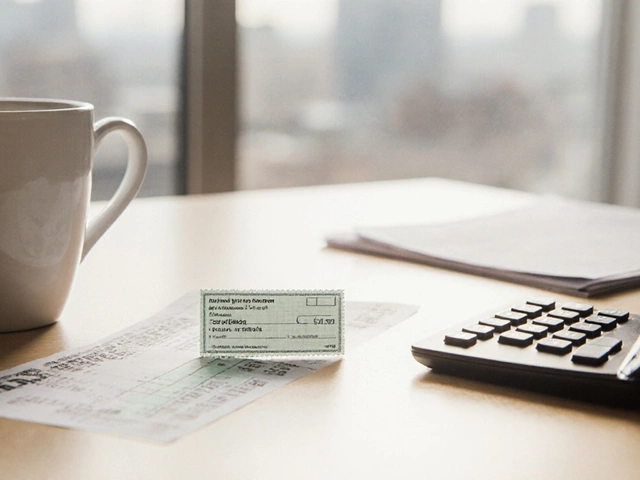


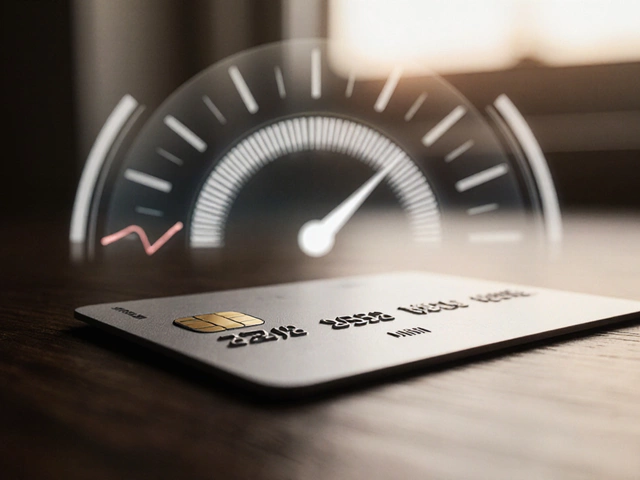
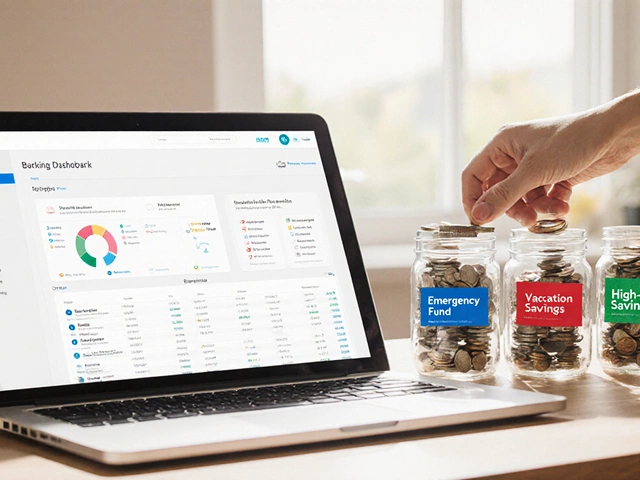


Write a comment